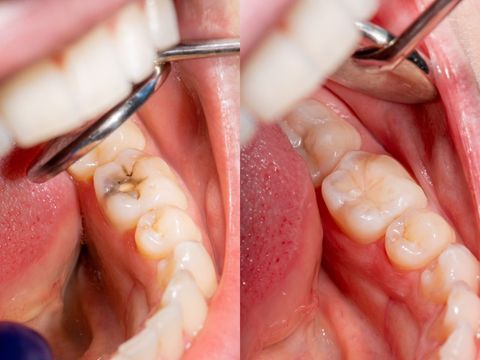Services
01
Bridges & Dentures

A bridge may be used to replace missing teeth, help maintain the shape of your face, and alleviate stress on your bite.
02
Crowns & Caps
Crowns typically restore a tooth’s function and appearance following a restorative procedure such as a root canal.
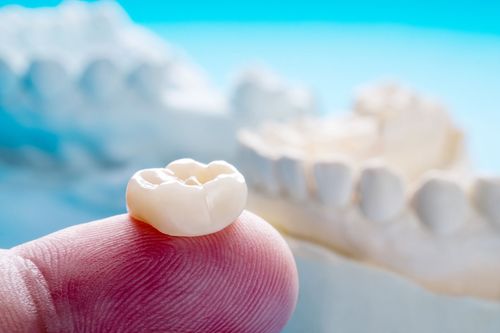
03
Extractions
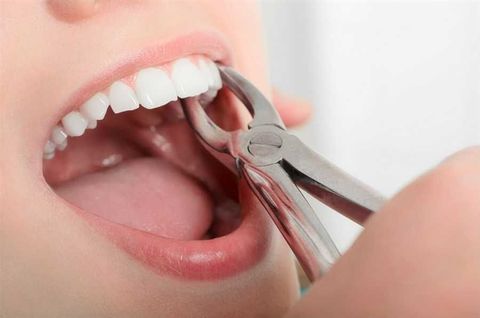
When tooth removal is necessary, we can perform simple extractions using local anesthesia.
04
Gum Treatment
Periodontal treatment methods depend upon the type and severity of the disease.

05
Oral Examination

Your first visit to our office is very
important in establishing your oral
health baseline.
06
Preventive Dentistry
Both natural teeth and teeth with restorations survive best in an oral environment that is clean and where proper oral hygiene is maintained.

05
Root Canals
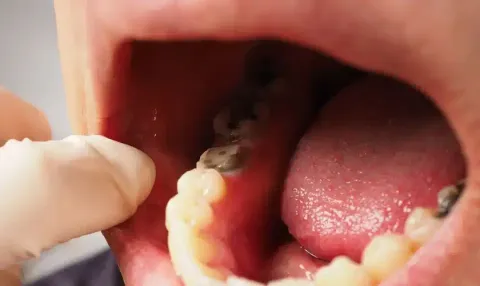
Root canal therapy is needed when the nerve of a tooth is affected by decay or infection.
06
Sedation Dentistry
Nitrous oxide — otherwise known as “laughing gas” — combined with oxygen is dispensed through a mask that’s placed over your nose.
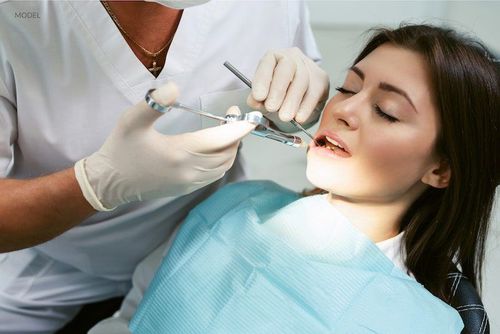
05
Tooth-Colored Fillings
